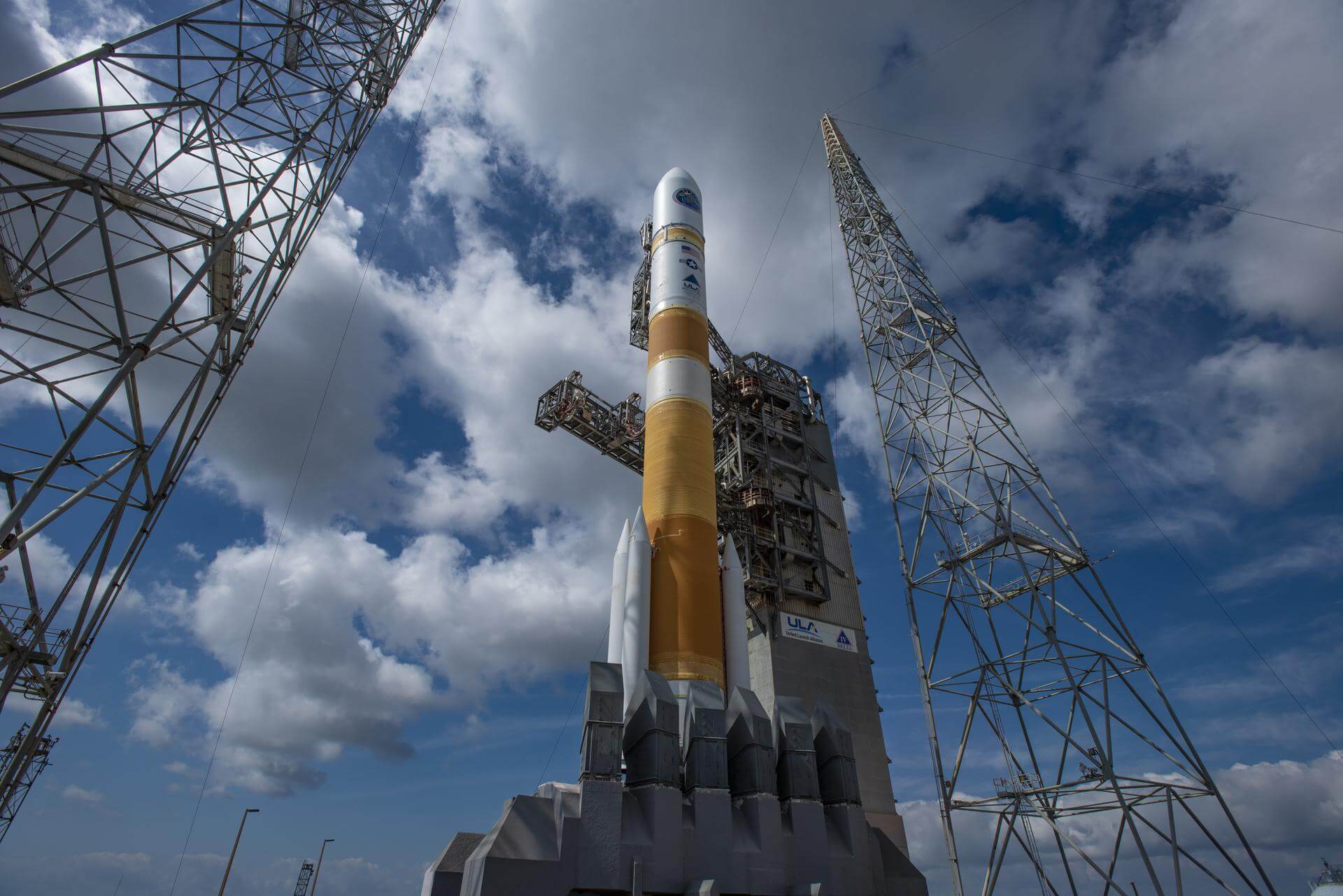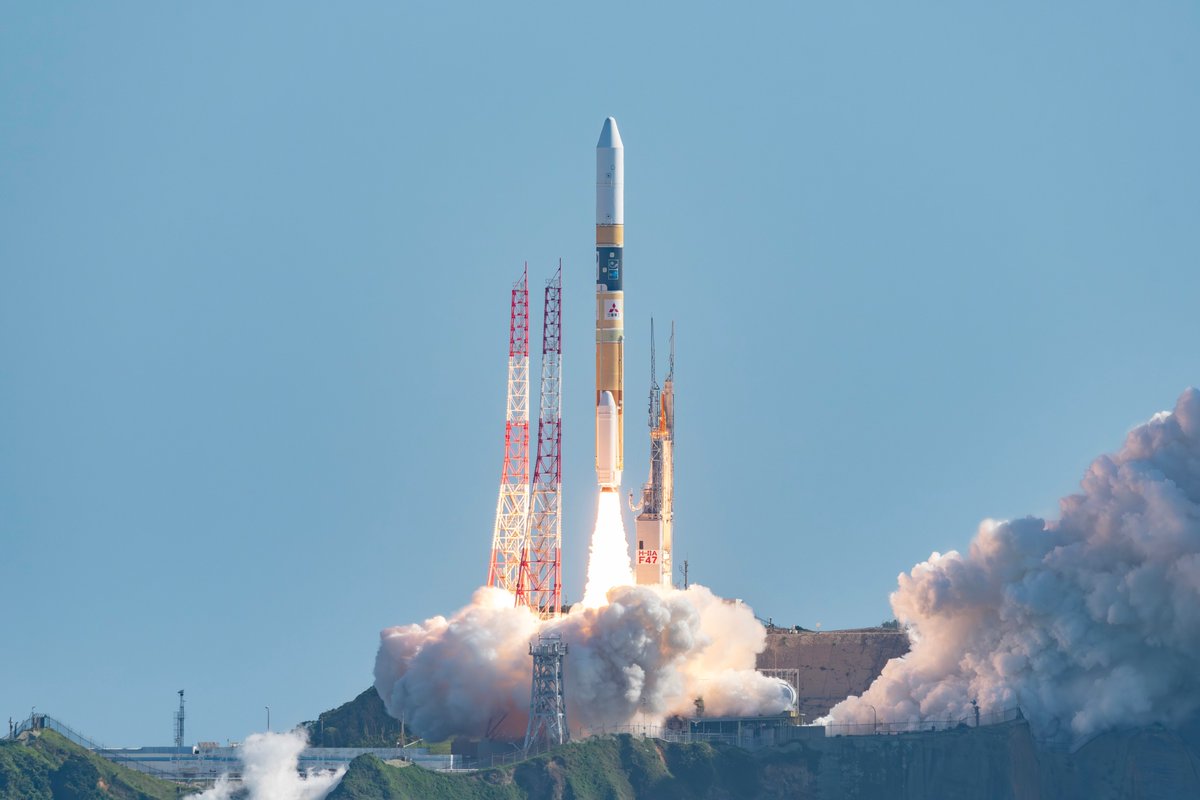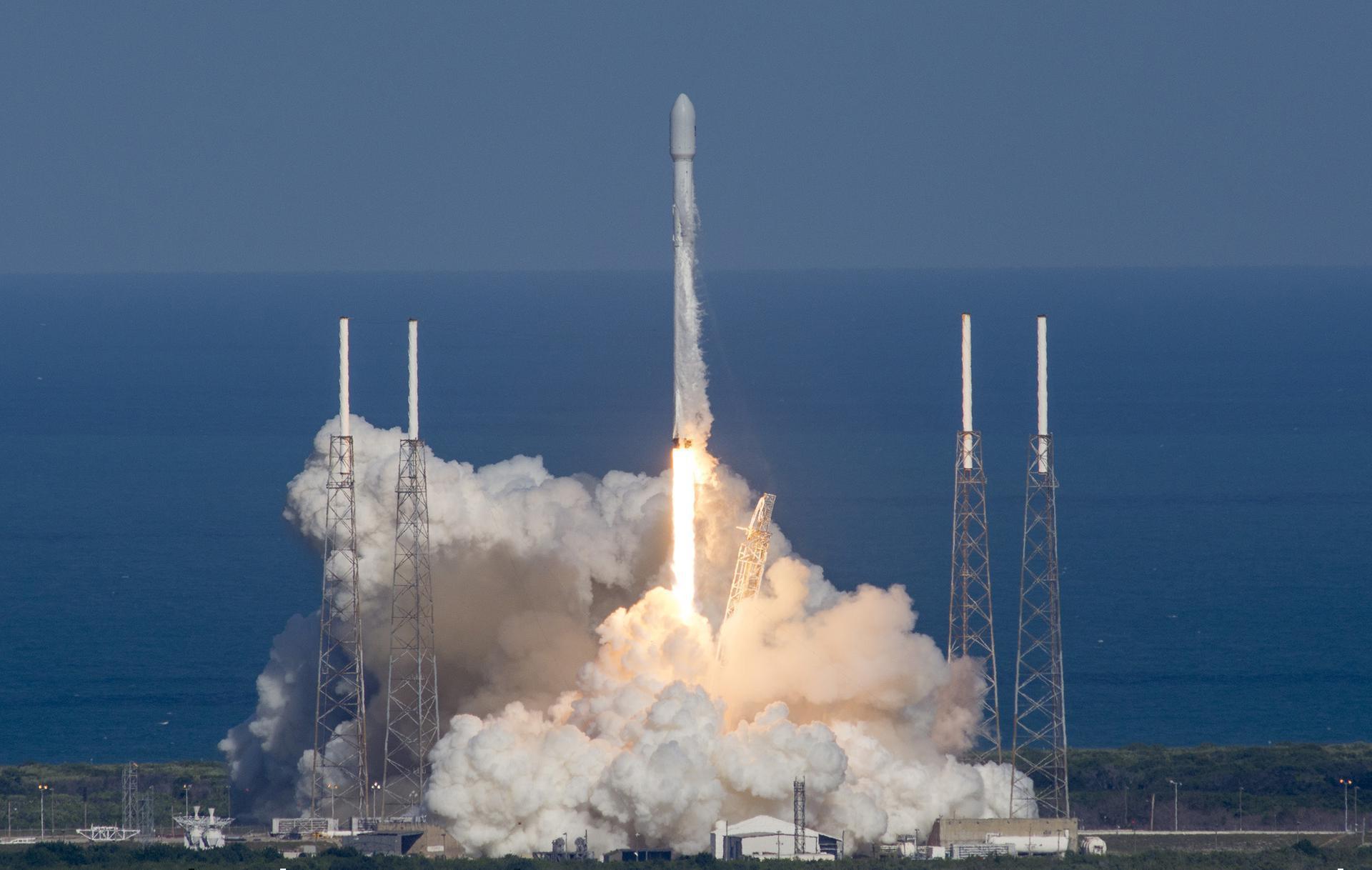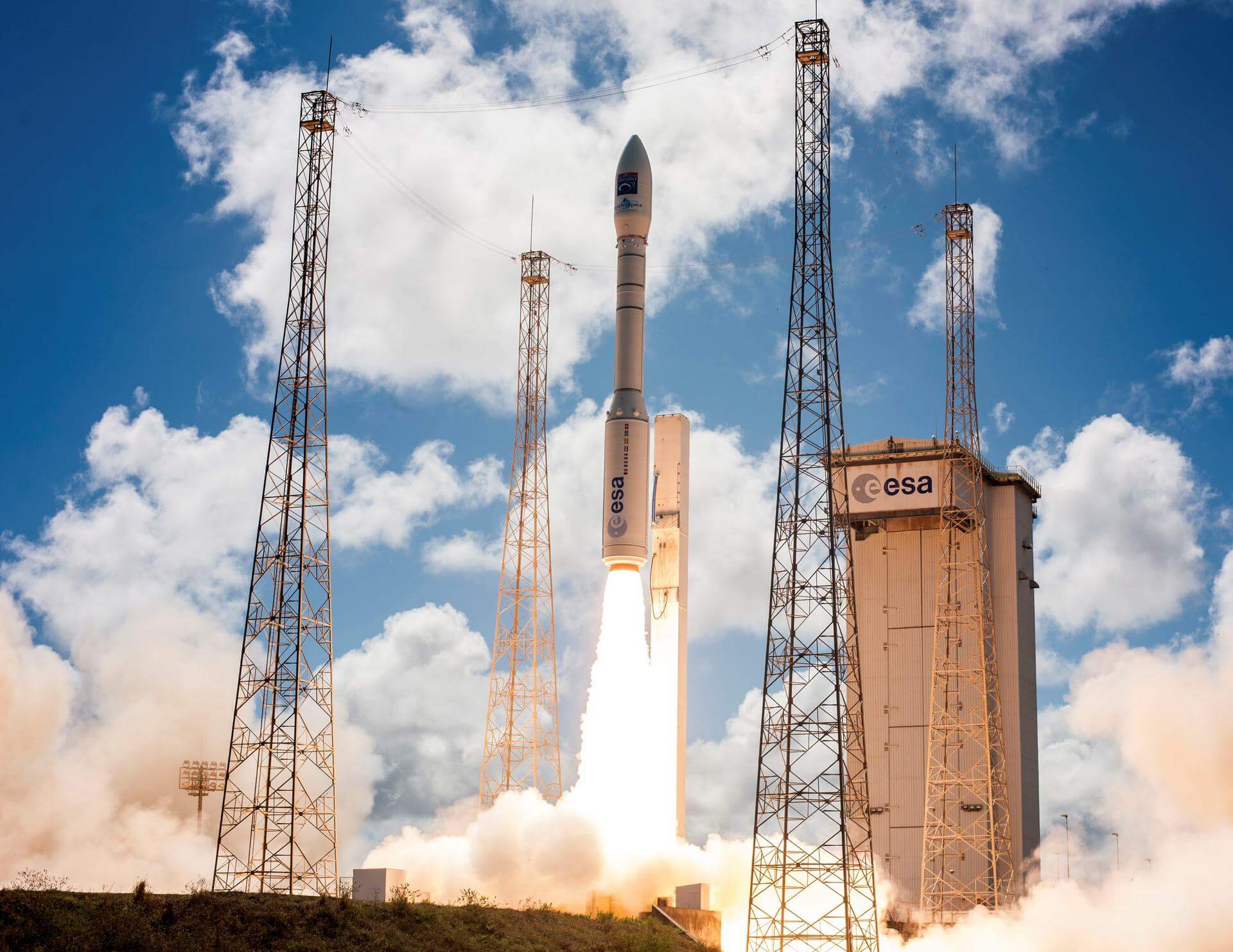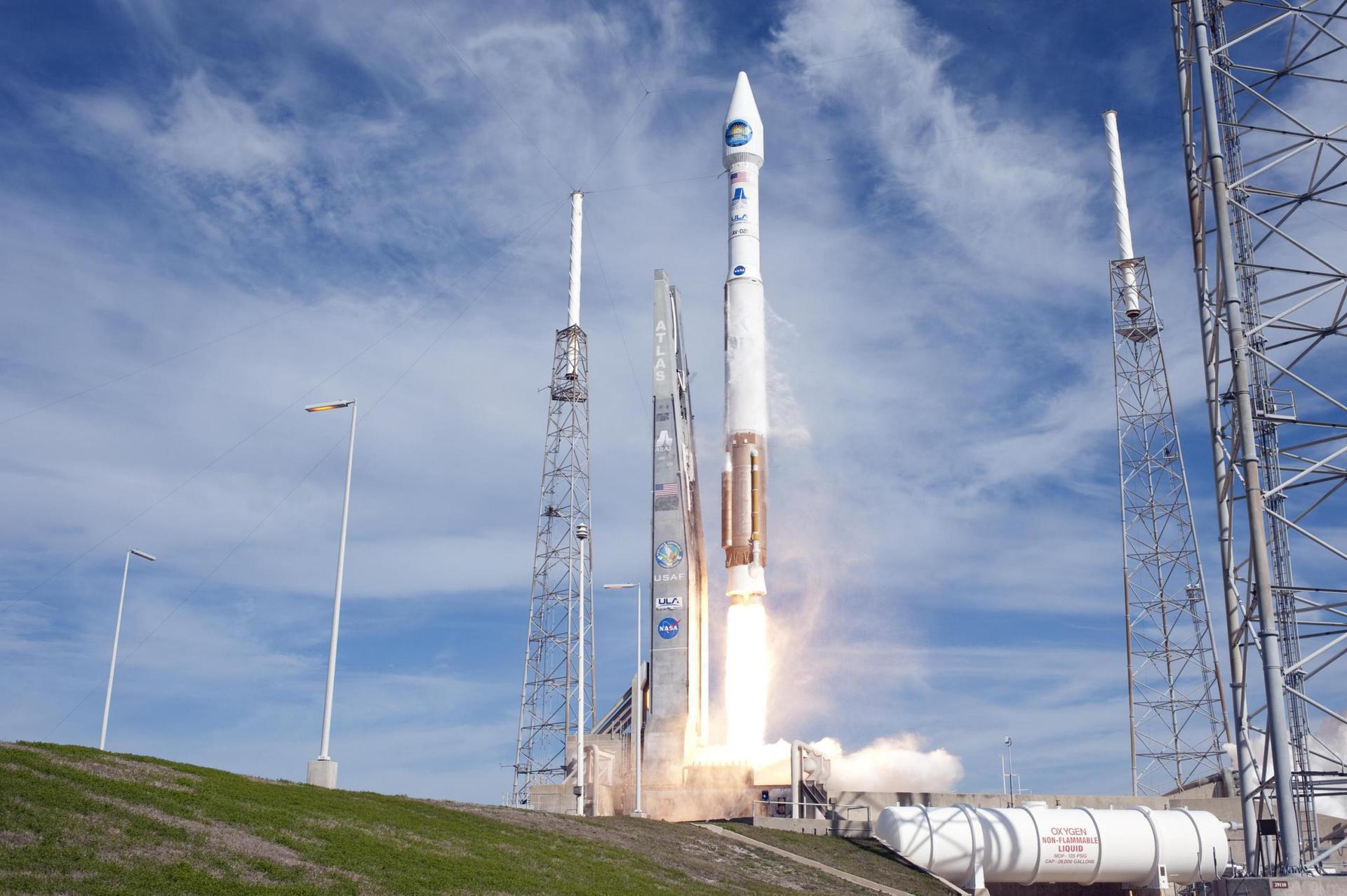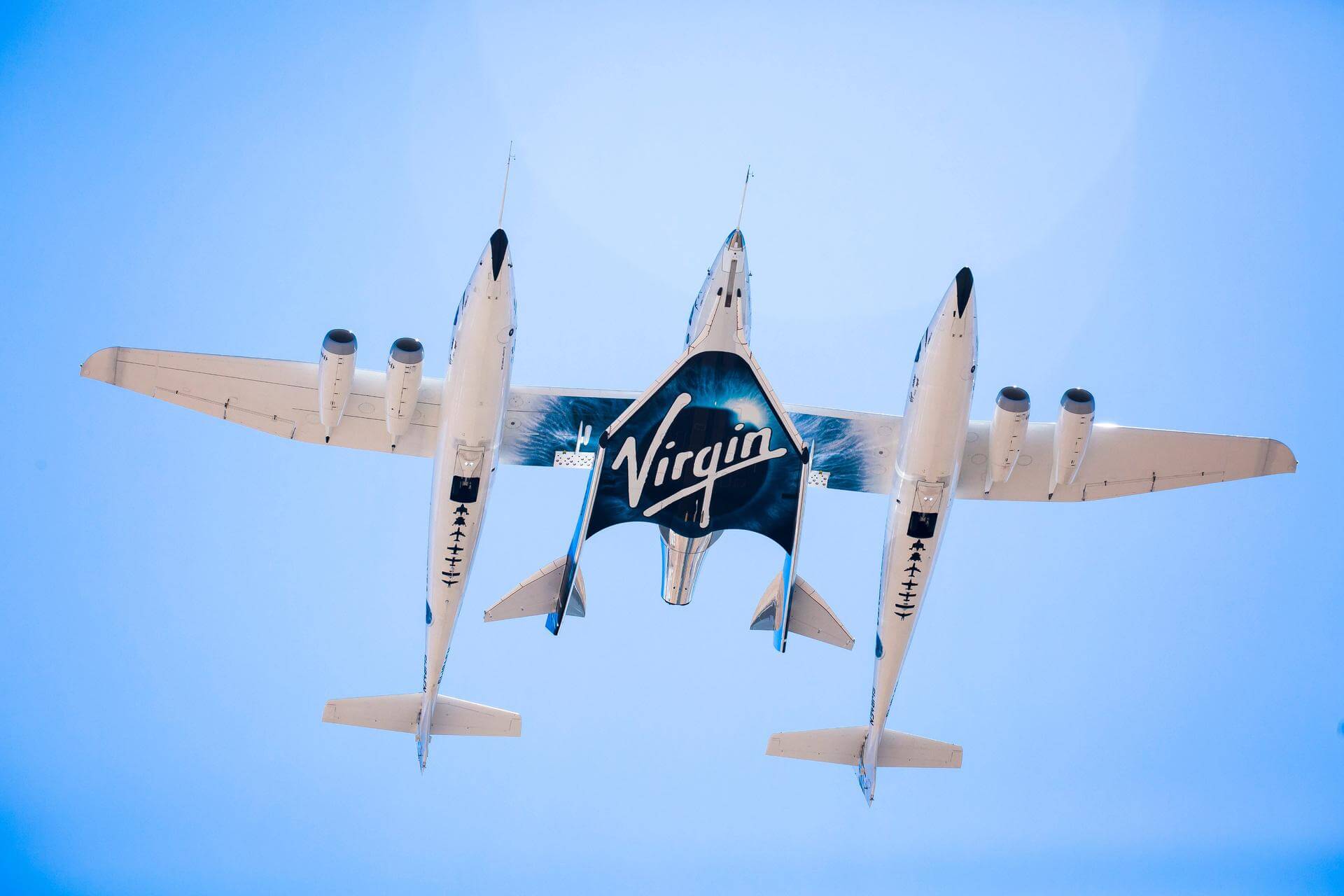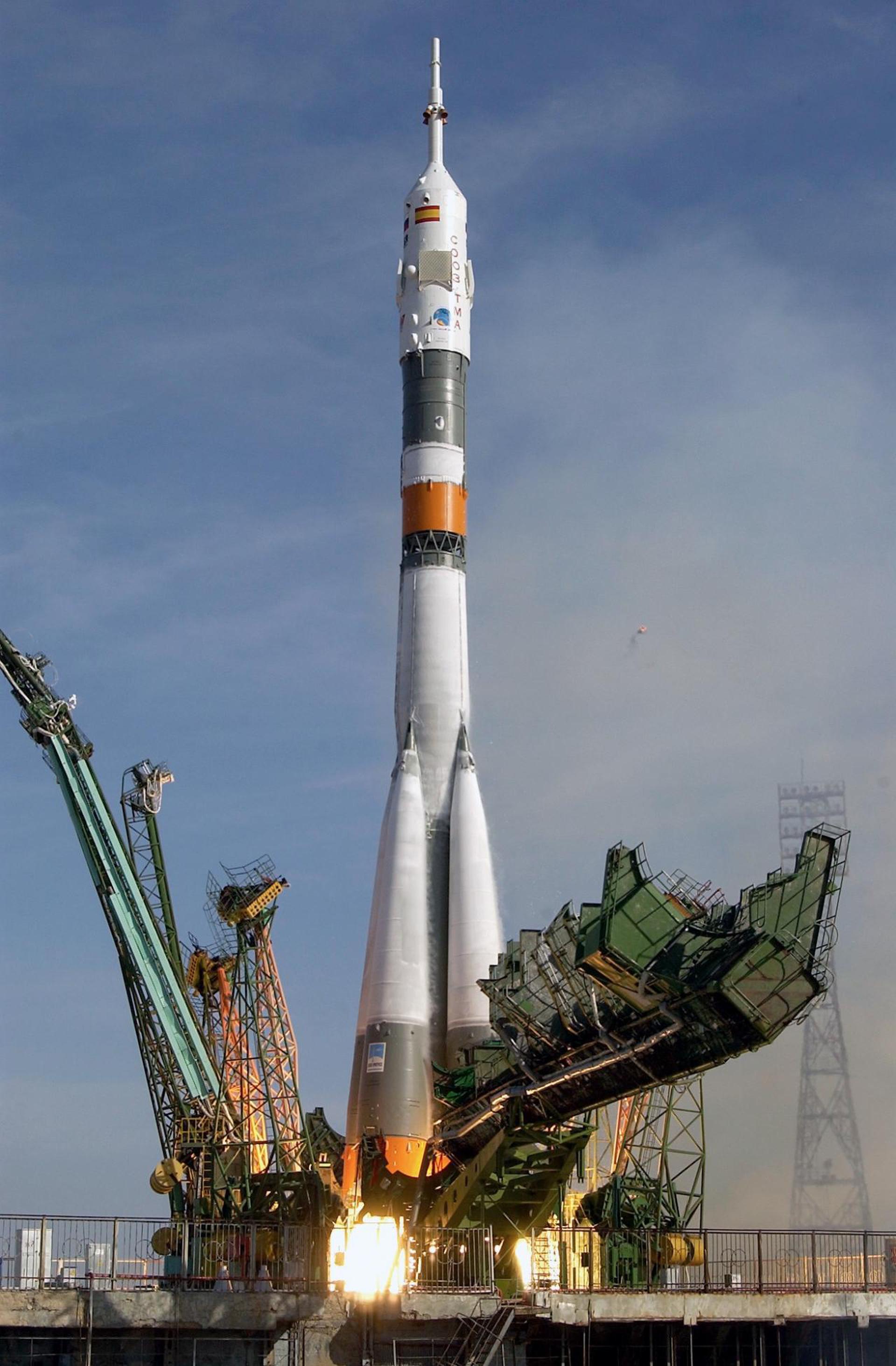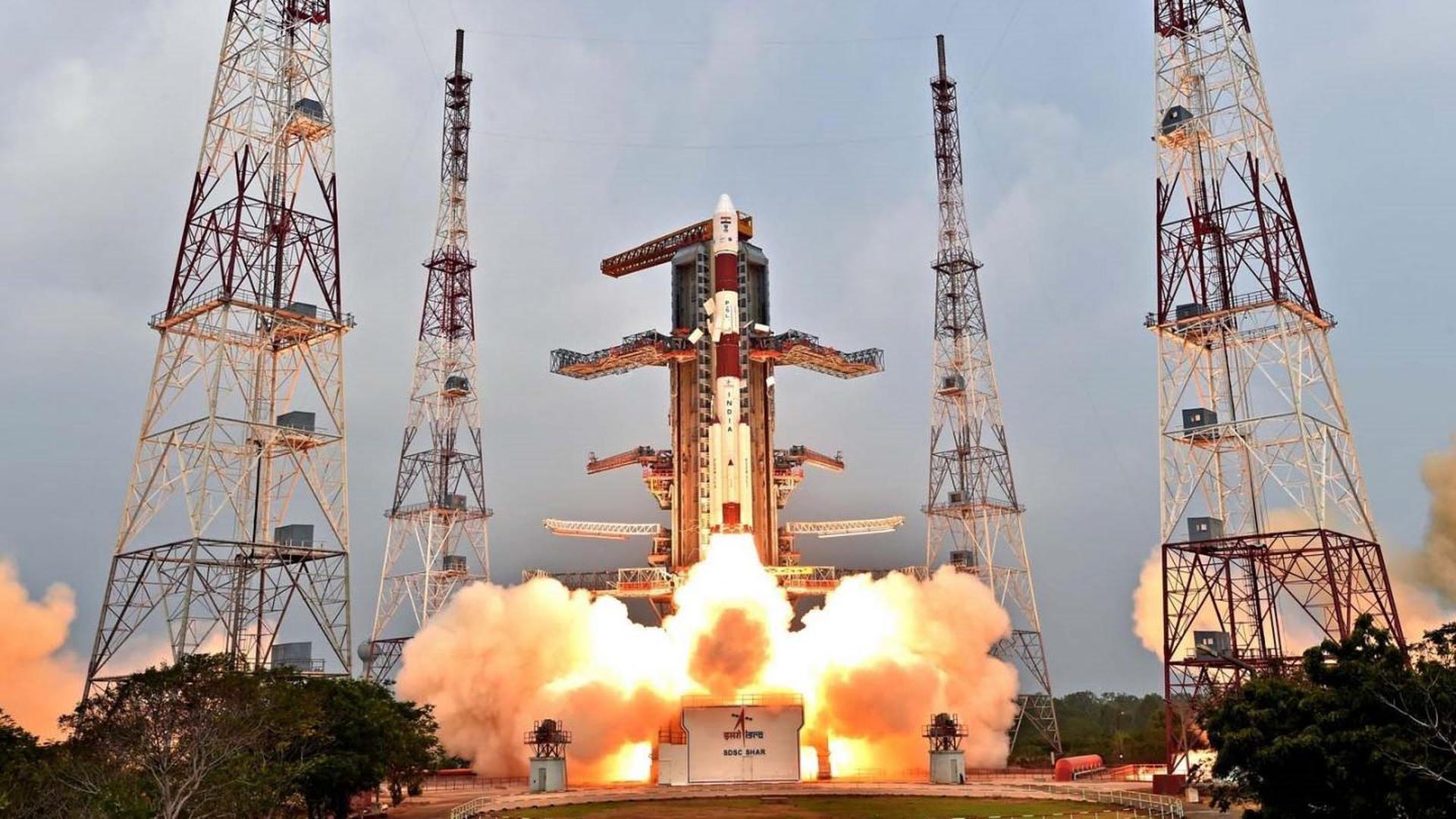Previous Spaceflight Launches
Filter by Agency, Locations or Vehicles
Show All LaunchesDelta IV M+(5,4) | WGS-9 (USA-275)
United Launch Alliance | United States of AmericaCape Canaveral SFS, FL, USA
March 19, 2017, 12:18 a.m.
H-IIA 202 | IGS Radar 5
Mitsubishi Heavy Industries | JapanTanegashima Space Center, Japan
March 17, 2017, 1:20 a.m.
Status: Launch Successful
Mission:
IGS Radar is a family of Japanese radar reconnaissance satellites that serve both Japan's national defense and civil natural disaster monitoring. IGS Radar 5 is the fifth generation of satellites. Equipped with synthetic aperture radar, it is able to image targets even in darkness and bad weather.
Sun-Synchronous OrbitFalcon 9 Full Thrust | Echostar 23
SpaceX | United States of AmericaKennedy Space Center, FL, USA
March 16, 2017, 6 a.m.
Status: Launch Successful
Mission:
Echostar 23 is a geostationary communications satellite, which will provide direct-to-home television broadcast services over Brazil. Being a flexible Ku-band satellite, it is capable of providing service from any of eight different orbital slots.
Geostationary Transfer Orbit B1030 - Maiden Flight Atlantic OceanVega | Sentinel-2B
Avio S.p.A | ItalyGuiana Space Centre, French Guiana
March 7, 2017, 1:49 a.m.
Status: Launch Successful
Mission:
Sentinel-2 is the second mission for Europe’s Copernicus environment monitoring programme. It's a satellite constellation of two identical spacecrafts, Sentinel-2A and -2B. Both carry an innovative wide swath high-resolution multispectral imager with 13 spectral bands for a new perspective of our land and vegetation.
Sun-Synchronous OrbitKaituozhe-2 | Tiankun-1
China Aerospace Science and Technology Corporation | ChinaJiuquan Satellite Launch Center, People's Republic of China
March 2, 2017, 11:53 p.m.
Atlas V 401 | NROL-79
United Launch Alliance | United States of AmericaVandenberg SFB, CA, USA
March 1, 2017, 5:49 p.m.
SpaceShipTwo | VSS Unity GF03
Virgin Galactic | United States of AmericaAir launch to Suborbital flight
Feb. 24, 2017, noon
Soyuz-U | Progress MS-05 (66P)
Russian Federal Space Agency (ROSCOSMOS) | RussiaBaikonur Cosmodrome, Republic of Kazakhstan
Feb. 22, 2017, 5:58 a.m.
Falcon 9 Full Thrust | SpX CRS-10
SpaceX | United States of AmericaKennedy Space Center, FL, USA
Feb. 19, 2017, 2:39 p.m.
Status: Launch Successful
Mission:
SpaceX launched the Dragon spacecraft on their tenth operational cargo delivery mission to the International Space Station. The flight was conducted under the Commercial Resupply Services contract with NASA.
Low Earth Orbit B1031 - Maiden Flight Landing Zone 1PSLV XL | Cartosat-2D & 103 others
Indian Space Research Organization | IndiaSatish Dhawan Space Centre, India
Feb. 15, 2017, 3:58 a.m.
Status: Launch Successful
Mission:
Cartosat 2D is a remote sensing satellite for ISRO and is tasked with land observation from sun-synchronous orbit. It is launched along with 103 small satellites of foreign companies and research groups. Among these, 88 cubesats are Earth-imaging Dove satellites operated by Planet Labs company.
Sun-Synchronous Orbit